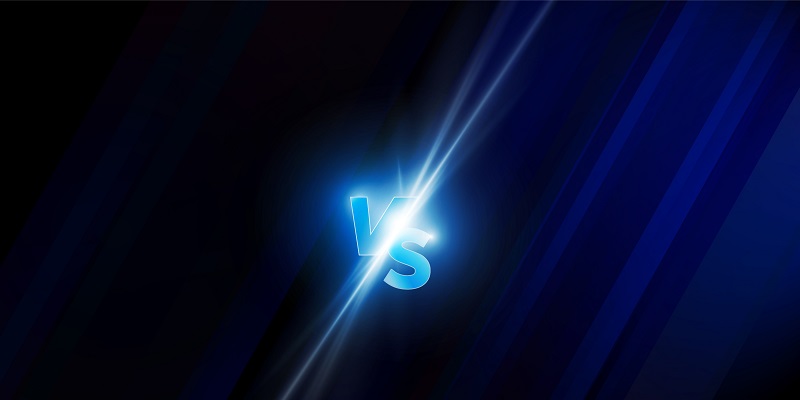When it comes to buying a mobile phone, the display is an essential aspect to consider. It is the window through which we interact with our device, whether it’s watching videos, playing games, or simply browsing the internet. In this article, we will compare the display, performance, operating system, and camera capabilities of the Lumia 930, Lumia 1520, and Lumia Icon to determine which device offers the best overall experience.
Display Comparison
The Lumia 930 boasts a 5-inch OLED display with a Full HD resolution of 1920 x 1080 pixels. The OLED technology ensures vibrant colors and deep blacks, providing an immersive visual experience. Additionally, the device incorporates ClearBlack display technology, which enhances visibility and readability in different lighting conditions. Whether you’re using your phone indoors or outdoors, the Lumia 930’s display delivers excellent clarity and image quality. If you prefer a larger display, the Lumia 1520 might be the device for you. It features a 6-inch IPS LCD display with a resolution of 1920 x 1080 pixels. Although it may sacrifice the deep blacks of an OLED display, the IPS LCD technology offers excellent color accuracy and wider viewing angles. Like the Lumia 930, the Lumia 1520 also incorporates ClearBlack display technology, ensuring readability even under bright sunlight.
Display Comparison
For those who crave a perfect blend of size and display quality, the Lumia Icon offers a 5-inch AMOLED display with a resolution of 1920 x 1080 pixels. The AMOLED technology delivers vibrant colors and deep blacks, making videos and images pop off the screen. And, like its counterparts, the Lumia Icon comes with ClearBlack display technology, providing excellent visibility in various lighting conditions.
Performance Comparison
To ensure seamless multitasking and performance, the Lumia 930 is powered by a Qualcomm Snapdragon 800 quad-core processor clocked at 2.2 GHz. This powerful processor is accompanied by 2 GB of RAM, enabling the device to handle intensive tasks and run demanding applications smoothly. Whether you’re gaming or using resource-intensive applications, the Lumia 930 delivers a lag-free experience.
Performance Comparison
The Lumia 1520 takes performance to the next level with its Qualcomm Snapdragon 800 quad-core processor clocked at 2.2 GHz, combined with a whopping 2 GB of RAM. This powerhouse configuration ensures smooth multitasking, effortless app switching, and responsive performance even during intensive use. Whether you’re editing videos, running multiple apps simultaneously, or playing graphically demanding games, the Lumia 1520 can handle it all with ease.
Performance Comparison
The Lumia Icon shares the same Qualcomm Snapdragon 800 quad-core processor and 2 GB of RAM as the Lumia 930 and Lumia 1520. This means users can expect comparable performance across all three devices, whether they are running apps, browsing the web, or switching between tasks. No matter which device you choose, you can be confident in its ability to deliver a fluid and fast user experience.
Operating System Comparison
All three devices – the Lumia 930, Lumia 1520, and Lumia Icon – run on the Windows Phone operating system. Known for its clean and intuitive interface, the Windows Phone OS offers a unique user experience. With its live tiles and smooth navigation, users can easily customize their home screen and access their favorite apps with ease. Furthermore, the integration with Microsoft services such as OneDrive and Office ensures seamless productivity across devices.
Camera Capabilities Comparison
One area where the Lumia devices truly shine is their camera capabilities. The Lumia 930, Lumia 1520, and Lumia Icon all boast impressive 20-megapixel PureView cameras. These cameras deliver outstanding image quality, capturing vibrant colors and sharp details. Additionally, the devices feature optical image stabilization, which reduces motion blur and ensures crisp images even in low-light conditions. With advanced camera settings and the ability to manually control ISO, shutter speed, and white balance, photography enthusiasts will find a lot to love about these devices.
When it comes to choosing a mobile phone, the display is undoubtedly one of the most important considerations. The Lumia 930, Lumia 1520, and Lumia Icon all offer excellent display options with their OLED, IPS LCD, and AMOLED technologies, respectively. In terms of performance, all three devices are powered by the Qualcomm Snapdragon 800 quad-core processor and 2 GB of RAM, ensuring smooth multitasking and responsive performance. Additionally, the Windows Phone operating system delivers a clean and intuitive interface, promoting ease of use. Finally, with their impressive camera capabilities, the Lumia devices allow users to capture stunning photos and videos. Whether you prioritize display quality, performance, operating system, or camera capabilities, the Lumia 930, Lumia 1520, and Lumia Icon offer compelling options for your mobile phone needs.

